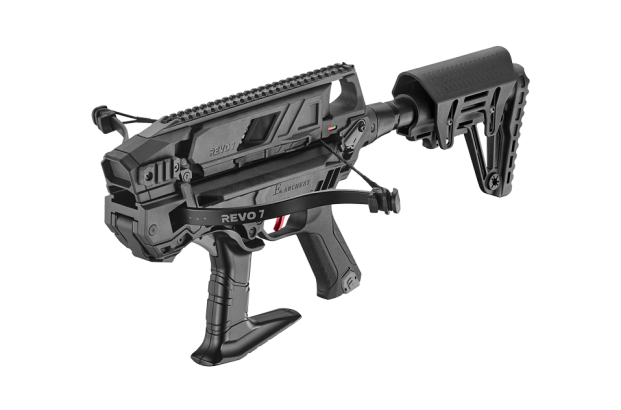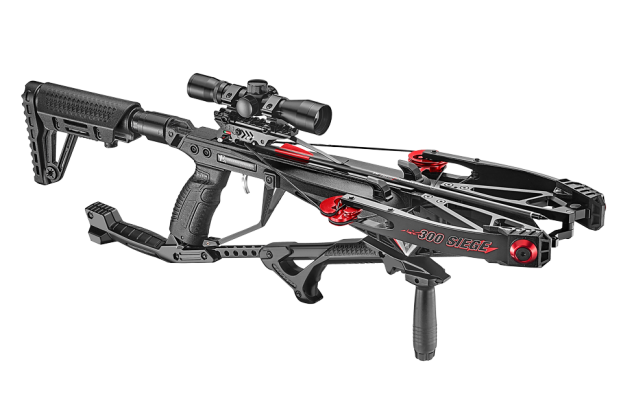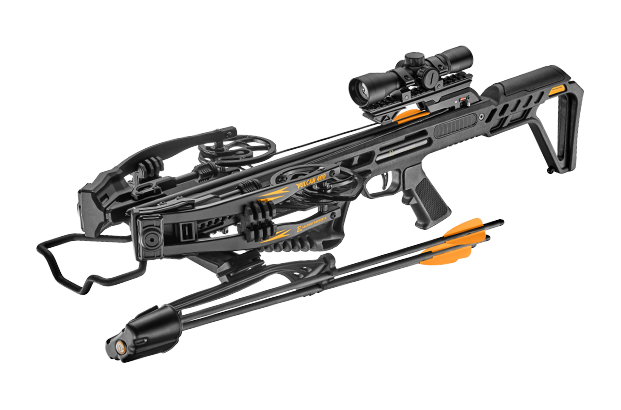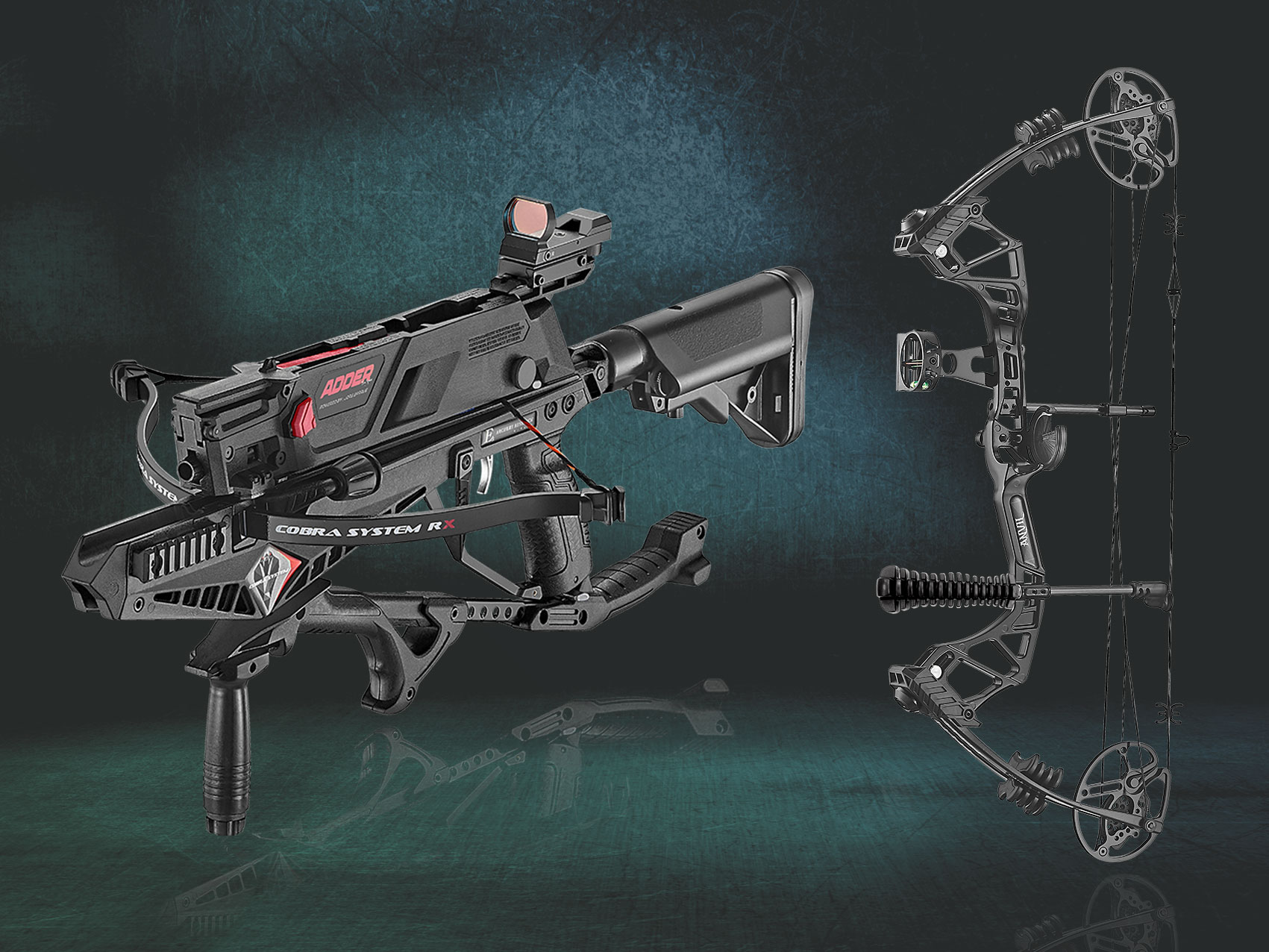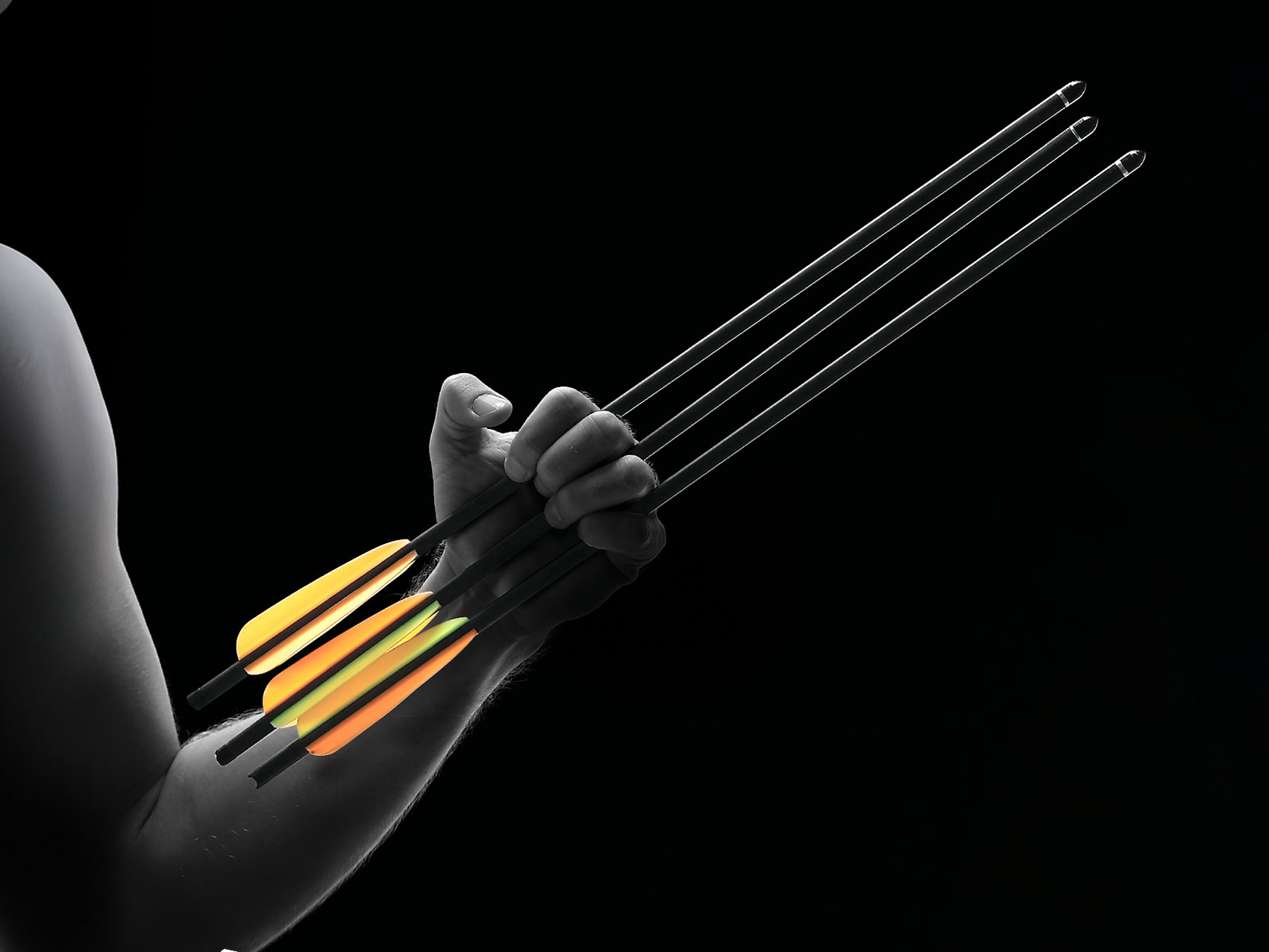How to Choose the Best Crossbow: Complete Multi-Shot Buyer's Guide
Finding the perfect crossbow doesn't have to be overwhelming. This guide helps you match the right features to your shooting style, budget, and goals—with special focus on game-changing multi-shot technology.
The right crossbow is simply the one that matches how you actually plan to use it. Whether you're practicing on indoor lanes, walking 3D courses, or running timed drills, understanding essential features will guide you to the perfect match.
MENU
Match Your Crossbow to Your Shooting Style
High-Volume Practice
If you're serious about improvement with 50+ shots per session, repeating systems with quick-swap bolt magazines are game-changers.
Repeating crossbow eliminate constant reloading interruptions, letting you focus on form and consistency while maximizing valuable practice time.
3D Courses and Field Archery
Walking miles of varied terrain demands attention to overall weight, width, and easy cocking systems you can operate repeatedly without fatigue.
You'll appreciate balanced rigs that don't fight you on steep angles or awkward positions.
Indoor Ranges
Tight shooting lanes call for shorter overall length and narrower axle-to-axle measurements. Pair this with clean 1× red-dot optics—you don't need high-power scopes at 20 yards, and simpler sights mean faster target acquisition.
Timed Competitions
Multi-shot capability preserves stance and rhythm across multiple targets, leading to better practical accuracy when it counts.

Repeating vs. Single-Shot: The Modern Choice
Repeating (multi-shot) crossbows
Repeating crossbows let you fire several shots in quick succession with semi-auto manual reloading. Swap magazines in seconds to keep your stance steady and follow-through consistent—perfect for tighter shot grouping. Ideal for classes, competitions, and serious training.
Just remember: match your bolt length and weight to the maker’s specs for smooth, reliable feeding.
Single-Shot Crossbows
Single-Shot Crossbows offer simpler loading with fewer parts and often lower entry prices. The trade-off: frequent interruptions between shots can break rhythm and stance, potentially affecting consistency during practice sessions.
For most serious practitioners, the productivity gains of repeating systems quickly justify the modest price premium.
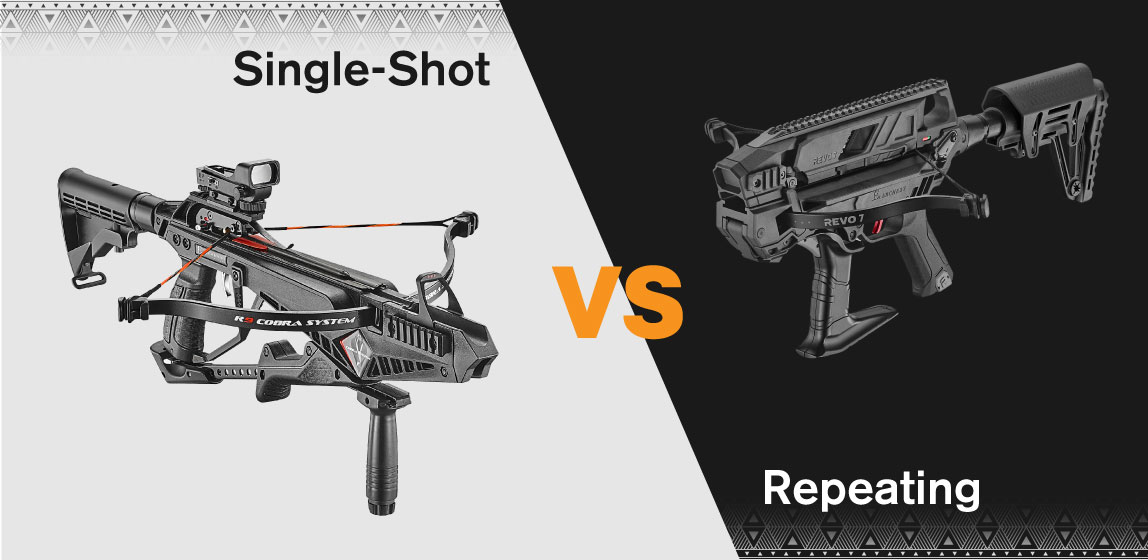
Essential Specifications That Actually Matter
1.Draw Weight:
Pick a draw weight that you can cock comfortably for the entire duration of your shooting session.
With the help of cocking aids, most users find a range of 30 to 130 lbs manageable. Practicing consistently with a moderate draw weight is far more effective than pushing your limits with 150, 185, or even 200 lbs and wearing yourself out.
2.Power Stroke:
Longer strokes often provide smoother acceleration and more forgiving shot characteristics than raw speed numbers suggest.
3.Overall Weight and Balance:
Well-balanced crossbows reduce fatigue and aim steadier. Slight rear bias often improves off-hand shooting stability.
4.Trigger Quality:
Look for crisp breaks, reliable anti-dry-fire mechanisms, and accessible safety controls—these directly impact both safety and precision.
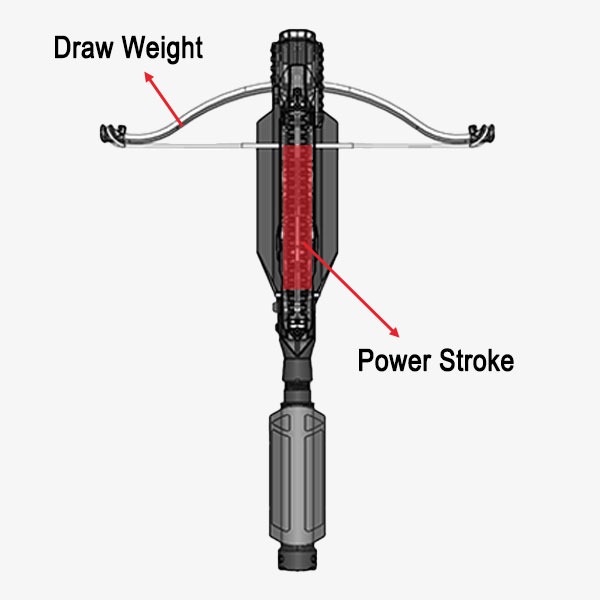
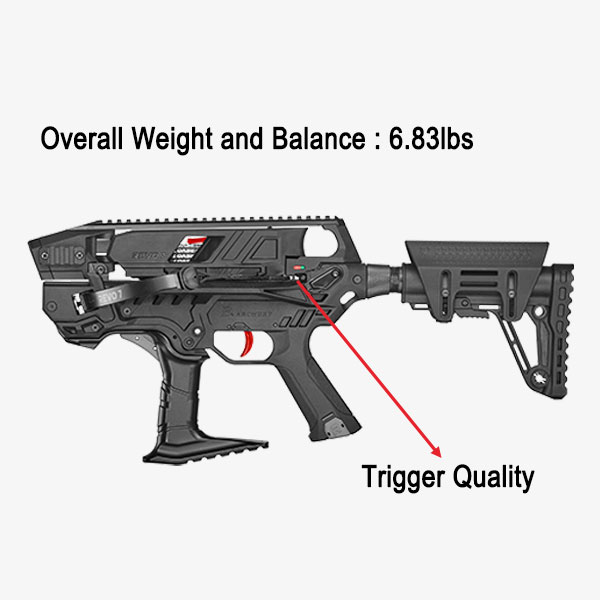
Understanding Crossbow Architectures
- Recurve designs offer proven durability and straightforward maintenance, making them popular for repeating systems due to reliable cycling and simple upkeep.
- Compound systems use cams and cables for increased efficiency and reduced felt draw weight, making cocking easier—but they typically cost more and have a more complex structure.
- Reverse-draw designs achieve longer power strokes in shorter packages with rear-biased balance that many shooters prefer.
Cocking and Loading Systems
- Manual/Rope-Assist: Light, inexpensive, and reliable for moderate-weight crossbows and occasional use. Good technique matters most.
- Crank Systems: Provide low-effort, highly repeatable cocking for extended sessions. They add weight and time but pay dividends during high-volume practice.
- Integrated Repeating Systems: Modern bolt magazines and auto-feeders module enable true multi-shot capability with quick swaps that preserve shooting rhythm and stance consistency.
Essential Accessories and Setup
- Bolts: Match manufacturer specifications exactly, especially for repeating systems. Inspect straightness and fletching regularly—damaged components affect accuracy and feeding reliability.
- Targets: Invest in self-healing foam rated for your crossbow's speed. Quality targets prevent pass-throughs, protect bolts during rapid fire, and last significantly longer.
- Optics: For most recreational shooting, quality 1× red-dots or simple multi-reticle scopes handle the job perfectly without slowing target acquisition.

Fit and Ergonomics: Comfort Equals Accuracy
Proper fit drives consistent shooting. If possible, shoulder different crossbows to find what feels natural—poor fit creates compensation patterns that hurt accuracy over time.
Safety controls, cocking latches, and magazine releases should be accessible without breaking stance, as awkward placement becomes increasingly frustrating during extended sessions.
Budget Guide: Getting the Best Value
Entry Level Crossbow ($200–500)
Simple single-shot or basic repeating crossbows, ideal for beginners to build a solid foundation. This range prioritizes durability and ease of maintenance, offering practical, user-friendly performance.
Mid-Tier Crossbow ($500–1000)
Upgraded triggers and smoother repeating mechanisms. This tier offers the best balance of quality and cost for regular recreational shooters and those looking to step up their performance.
High-End Crossbow ($1000+)
Primarily professional-grade single-shot crossbows, built with premium materials, precisely tuned triggers, and top-tier performance—designed for hunting or for shooters seeking the highest possible capability.
Value tip: Regular shooters benefit significantly from investing in reliable repeating systems plus quality targets—the time and ammunition savings quickly offset higher initial costs.
Quick Decision Framework
- Want uninterrupted shooting flow? → Choose repeating crossbows with quick-swap magazines
- Need easier cocking for long sessions? → Add crank systems or moderate draw weight
- Shooting in tight spaces? → Prioritize narrow width and compact length
- Value consistency above all? → Focus on trigger quality and proven reliability
Key Takeaways
The best crossbow matches your actual shooting style, not impressive specifications.
For versatile, high-volume practice, quality repeating crossbows paired with appropriate accessories deliver optimal balance of enjoyment, skill development, and long-term value.
Modern multi-shot technology is revolutionizing crossbow practice by maintaining shooting rhythm and maximizing time on target.
Whether you choose single-shot simplicity or multi-shot capability, honest assessment of your goals and trying different systems will lead to years of accurate, enjoyable shooting.
Safety reminder: Always follow local regulations, wear eye protection, inspect equipment before sessions, ensure proper backstops, and never dry-fire your crossbow.
Ready to choose? Visit local archery shops to handle different models and get personalized advice based on your specific needs and shooting style.


